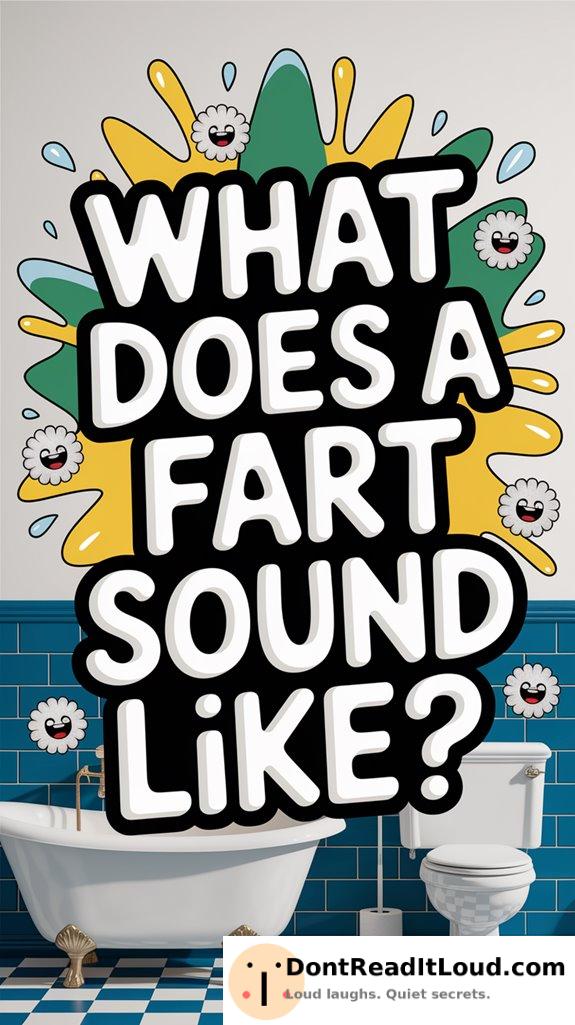
A fart creates a playful mix of sounds as gas escapes through the anal canal. The pitch and volume change depending on your body position, sphincter tension, and how quickly the gas is released. It might sound like a high squeak or a low rumble, similar to a barn owl or a sputtering engine. Explore the curious reasons behind these unique noises.

Fart sounds, a common but often amusing occurrence, come from vibrations as gas leaves the anal canal. It’s not just the cheeks; the anal sphincter vibrates, similar to a trumpet player’s lips. This creates that familiar “pfft” sound. The air forced through the anal opening causes vibrations, and the sound depends on the body’s position at the time. Fart loudness varies a lot. A large volume of gas or quick expulsion produces a louder, balloon-popping sound. Faster gas exit means more noise. Pressure buildup also makes a difference; higher pressure leads to a louder release. Swallowed air often creates louder farts than those from digestion. So, if you hear a ‘barking spider,’ it’s all about the speed and volume of the gas. On average, a person releases one-half liter of gas per day, contributing to the daily symphony of flatulence.
Pitch also shapes a fart’s character. A tighter sphincter makes a higher, squeaky sound, while a relaxed one allows a deeper rumble. You can even change the pitch by adjusting sphincter tension, much like tuning an instrument. The type of gas also affects pitch. A squeaky sound might remind you of a ‘barn owl,’ while a deeper one could sound like an ‘engine dying.’ The tightness of the sphincter significantly influences the sound, with a tighter sphincter resulting in louder farts.
Silent farts happen when gas escapes slowly or the sphincter is very relaxed. These usually come from digestive gas, not swallowed air. Some people quietly release gas by spreading the buttocks slightly. Quiet farts are often smaller and less smelly, but a particularly strong one might still be called a ‘beefy one.’
Flatulence is often compared to playing a brass instrument, where controlled airflow through a small opening creates varying sounds. Fart acoustics come in many forms, with sounds described as ‘wet,’ ‘dry,’ ‘toot,’ or ‘rumble.’ Humorous sound libraries list types like “wet fart” and “silly fart.” The anal sphincter acts as a valve, controlling pitch and volume. Whether it’s a squeaky ‘barn owl’ or a deep ‘ass blaster,’ knowing these details helps explain why every fart sounds different.
Conclusion
To sum up, you’ve just discovered the wide range of sounds that farts can produce. From sharp squeaks to low rumbles, each has its own character, shaped by your posture and diet. While farting can be funny or awkward, it’s a normal bodily function. Enjoy both the science and the humor behind it. Next time you hear a fart, you’ll understand a bit more about where it comes from.



